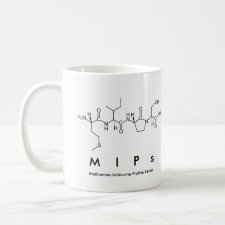
Authors: Wu J, Chen DD, Xia JL, Qi KZ
Article Title: Study on preparation and adsorption properties of lincomycin molecularly imprinted polymers.
Publication date: 2013
Journal: Chinese Journal of Analysis Laboratory
Volume: 32
Issue: (3)
Page numbers: 26-29.
Alternative URL: http://www.en.cnki.com.cn/Article_en/CJFDTOTAL-FXSY201303007.htm
Abstract: The interaction binding energies between lincomycin (LIN) using as template of molecularly imprinted polymers (MIP) and function monomers are calculated by molecular simulation through Material Studio. Acrylamide (AM), Methylacrylic acid (MAA), 2-Vinylpyridine (2-VP) and 4-Vinylpyridine (4-VP) are taking as function monomers. According to molecular mechanics caculation, LIN with 4-VP has the highest binding energy which was-98.26 kJ/mol. Then MIP has been prepared using LIN with the above monomers respectively by suspension polymerization. The adsorption capacity of MIP was testing by gas chromatography (GC). The results show that the complex of LIN with 4-VP has the maximum adsorption capacity, which was 102.8 μmol/g. It means that the binding capacity of it is stronger than other function monomers which is the same to the analysis of molecular mechanics caculation. 4-VP was selected as the best function monomer for MIP. High retention factor and selective adsorption ability were achieved by static adsorption experiment, dynamic equilibrium adsorption experiment and Scatchard analysis. Imprinted factor was 2.54 and the equilibrium adsorption reached about 150 min. MIP was successfully applied to selective separation and preconcentration of LIN.
Template and target information: lincomycin, LIN
Author keywords: molecular imprinted polymer, Molecular simulation, Licomycin, suspension polymerization, gas chromatography



Join the Society for Molecular Imprinting

New items RSS feed
Sign-up for e-mail updates:
Choose between receiving an occasional newsletter or more frequent e-mail alerts.
Click here to go to the sign-up page.
Is your name elemental or peptidic? Enter your name and find out by clicking either of the buttons below!
Other products you may like:
 MIPdatabase
MIPdatabase









